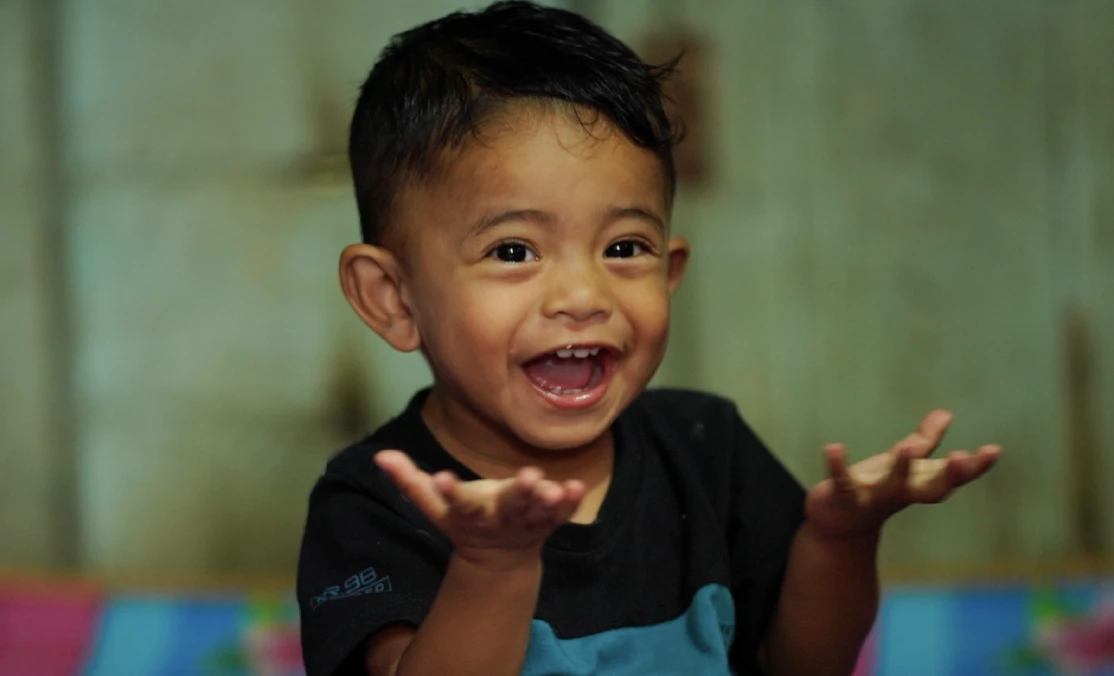Indonesia has marked a significant milestone in its fight against childhood stunting, with the national rate dropping from 21.5 percent in 2023 to 19.8 percent in 2024, according to the latest National Nutritional Status Survey (SSGI). Released by the Health Ministry, the data offers a glimmer of hope as the country works toward President Prabowo Subianto’s ambitious target of reducing stunting to 14 percent by 2029. Yet, with 4.48 million children still affected, including nearly a million new cases last year, experts and officials alike caution that the road ahead remains steep.
A National Priority with High Stakes
The decline in stunting rates, though modest at 1.7 percentage points over two years, reflects a concerted push by the Indonesian government to address a public health crisis that threatens the nation’s future. Stunting, a condition characterized by impaired growth and development due to chronic malnutrition, can have lifelong consequences, including reduced cognitive potential and economic productivity. Health Minister Budi Gunadi Sadikin underscored the gravity of the issue at the SSGI launch event, stating, “If 4.48 million children today have below-average intellectual potential because of stunting and malnutrition, it would be a tremendous loss for Indonesia.”
The 2024 survey, which gathered data from around 345,000 households with infants, shows that while the current rate falls just short of the 19.5 percent target set by the National Development Planning Agency (Bappenas), progress is evident. The government now aims to lower the prevalence to 18.8 percent by the end of 2025, a goal that will require intensified efforts across multiple sectors. For Budi, the focus is clear: health workers must ramp up interventions under the national stunting prevention strategy, particularly in the six high-priority provinces of Banten, West Java, Central Java, East Java, North Sumatra, and East Nusa Tenggara, which together account for over half of the country’s cases.
“If we can slash down stunting by 10 percent in each of these provinces, we could lower the national rate by four to five percentage points” said the minister, highlighting the potential impact of targeted action. His strategy emphasizes early intervention, with a particular focus on maternal health. Health workers in these regions are being urged to screen pregnant women for undernutrition by measuring arm circumference and hemoglobin levels, providing iron and other micronutrient supplements where needed. The logic is straightforward—babies born to malnourished mothers face the highest risk of stunting, so prevention must begin before birth.
“Most stunting cases begin at birth. That is why our focus must be on the mother, we should not wait until the baby is born. Mothers must not experience malnutrition” said Budi, reinforcing the need for proactive measures.
Beyond Numbers: The Realities on the Ground
While the SSGI data paints an encouraging picture, it is not without limitations. Public health observers note that the survey’s methodology, reliant on self-reported data and household sampling, may underrepresent the true scale of the problem. Underreporting and regional disparities in data collection could mean that the actual number of affected children is higher than reported. This gap between statistics and reality underscores the need for more granular, on-the-ground assessments to ensure that interventions are reaching the most vulnerable.
One critical area of concern is the health of women long before they become pregnant. Diah Saminarsih of the Center for Indonesia Strategic Development Initiatives (CISDI) argues that the government’s strategy must extend beyond immediate interventions like supplements for expectant mothers. She points to adolescence as a pivotal stage, when many girls adopt unhealthy eating habits or restrictive diets driven by societal pressures around body image. “By the time they become pregnant, many already suffer from poor nutritional status” said Diah, advocating for a more systemic approach.
Her proposed solution is both innovative and pragmatic: impose excise taxes on ultra-processed foods and redirect the revenue to improve access to nutritious, affordable options. Such a policy, she argues, would not only benefit women of reproductive age but also enhance public health more broadly. Additionally, Diah highlights the often-overlooked risks faced by children born out of wedlock or as a result of child marriage, groups that are disproportionately affected by stunting yet frequently excluded from targeted health programs. Addressing these social determinants, she suggests, is as crucial as nutritional interventions.
Parental Knowledge and Community Support
Another significant barrier to reducing stunting lies in the widespread lack of parental understanding about proper nutrition, particularly during the critical phase of complementary feeding. This process, which involves introducing solid foods alongside breast milk from around six months of age, is often mishandled due to misinformation and cultural practices. Public nutritionist Tan Shot Yen points out that many young parents, influenced by social media and limited access to reliable information, feed their infants processed milk, instant noodles, and other unhealthy packaged foods—choices that mirror their own diets and exacerbate stunting risks.
“Complementary feeding often mirrors parents’ diets. Many young parents consume unhealthy, processed foods and, misled by misinformation on social media, start feeding infants processed milk and packaged foods, which only exacerbates stunting” said Tan. She calls for urgent action to bridge this knowledge gap, urging the government to prioritize education and outreach at the community level.
A key avenue for such efforts is the network of integrated health posts, known as Posyandu, which serve as frontline hubs for maternal and child health services across Indonesia. However, Tan warns that many Posyandu are under-resourced and staffed by untrained personnel, leaving them vulnerable to exploitation by businesses promoting cheap, unhealthy products like biscuits and processed meats under the guise of donations. “Posyandu are key to fighting stunting, but many are run by untrained people and exploited by businesses pushing products” said Tan, advocating for comprehensive retraining of staff and better resource allocation to ensure these centers can deliver essential services effectively.
A Holistic Path Forward
Indonesia’s efforts to combat stunting also intersect with broader social and economic policies, such as the recently launched free-meal program aimed at improving child nutrition. While such initiatives signal the government’s commitment, their success hinges on addressing systemic issues like poverty, food insecurity, and unequal access to healthcare. In rural areas and marginalized communities, where stunting rates are often highest, families frequently lack the means to provide balanced diets, even when nutritional guidance is available. Coupling nutritional programs with economic support—such as subsidies for healthy foods or cash transfers for low-income households—could amplify their impact.
Moreover, the cultural context of food and parenting practices cannot be ignored. In many Indonesian households, particularly in the priority provinces, traditional beliefs about child-rearing and diet may conflict with modern nutritional science. For instance, some communities prioritize rice-heavy meals over diverse food groups, while others delay the introduction of solids beyond the recommended six-month mark, mistakenly believing it protects infants. Tailoring public health campaigns to respect and integrate these cultural nuances, rather than imposing top-down solutions, could foster greater community buy-in and long-term behavior change.
Looking Ahead: A Race Against Time
As Indonesia pushes toward its 2029 target of 14.2 percent stunting prevalence, the stakes could not be higher. The current rate of 19.8 percent, while an improvement, still leaves millions of children at risk of lifelong disadvantage—a sobering reminder of the scale of the challenge. With focused interventions in high-priority provinces, a renewed emphasis on maternal and adolescent health, and stronger community-level support through Posyandu, the government has a roadmap for progress. Yet, without addressing deeper systemic issues like food access, parental education, and social inequities, these efforts may fall short of transforming the lives of the nation’s most vulnerable.
For now, the decline in stunting rates offers a moment of cautious optimism. But as Health Minister Budi and experts like Diah and Tan emphasize, sustained commitment and innovative strategies will be essential to ensure that every Indonesian child has the chance to grow up healthy and reach their full potential. As the country moves forward, the question remains: can Indonesia build on this momentum to deliver lasting change?
















